Landscaping Ideas | Plants, Pathway, Rustic Containers

This landscape bed came about due to a drainage problem I was having. It was a low point where water was collecting, but I could not change the grade due to several irrigation valves buried in the area. So, I did the next best thing. I built up the area and created a pathway over the valve area with these large flagstone slates.
Irrigation valves last a long time, so I don't anticipate having to move or lift the heavy slates. But in case I do, it will be a matter of tipping them up, repairing, and replacing them; this may be easier than moving a bunch of decorative rock, maybe not.
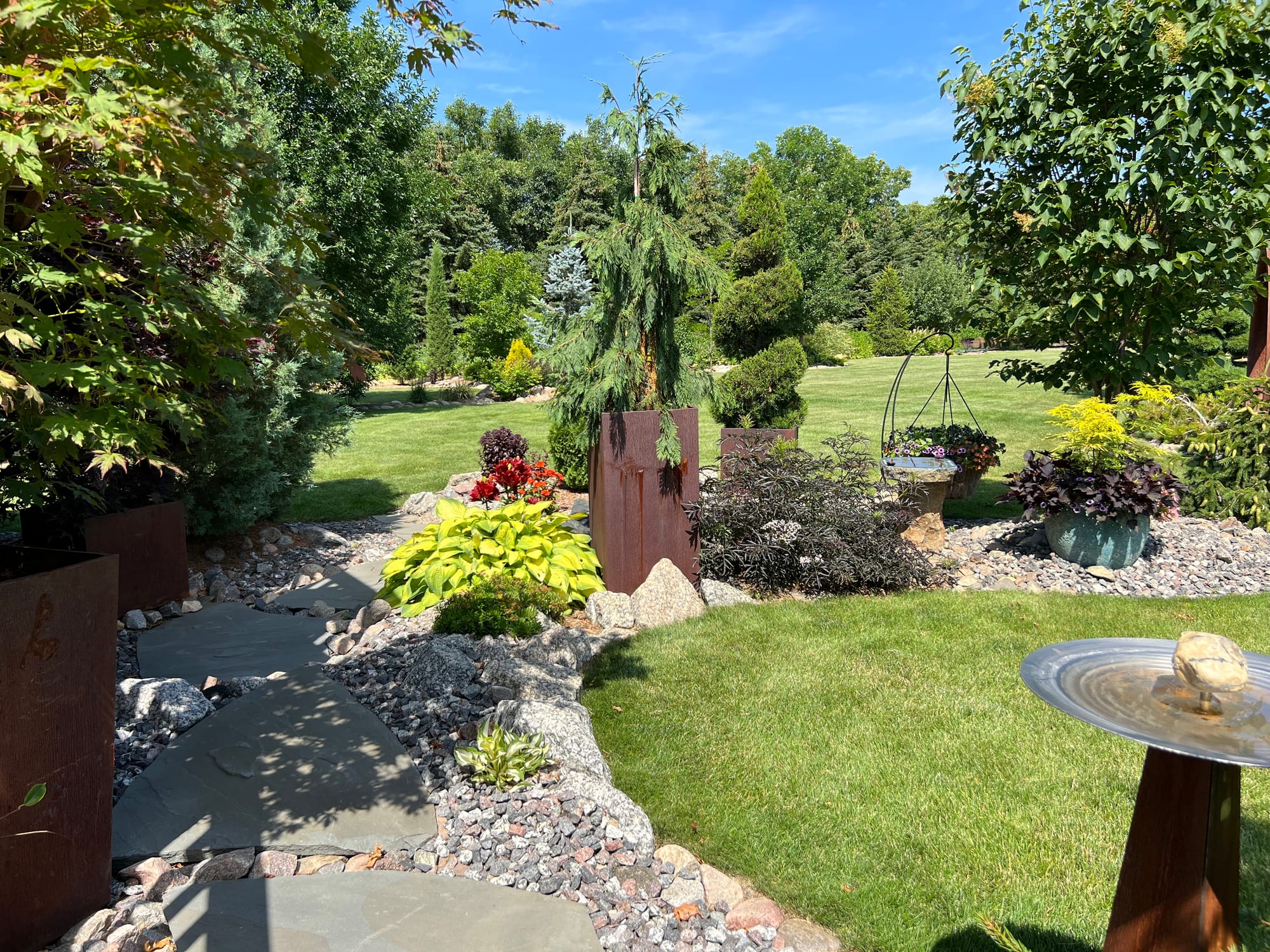
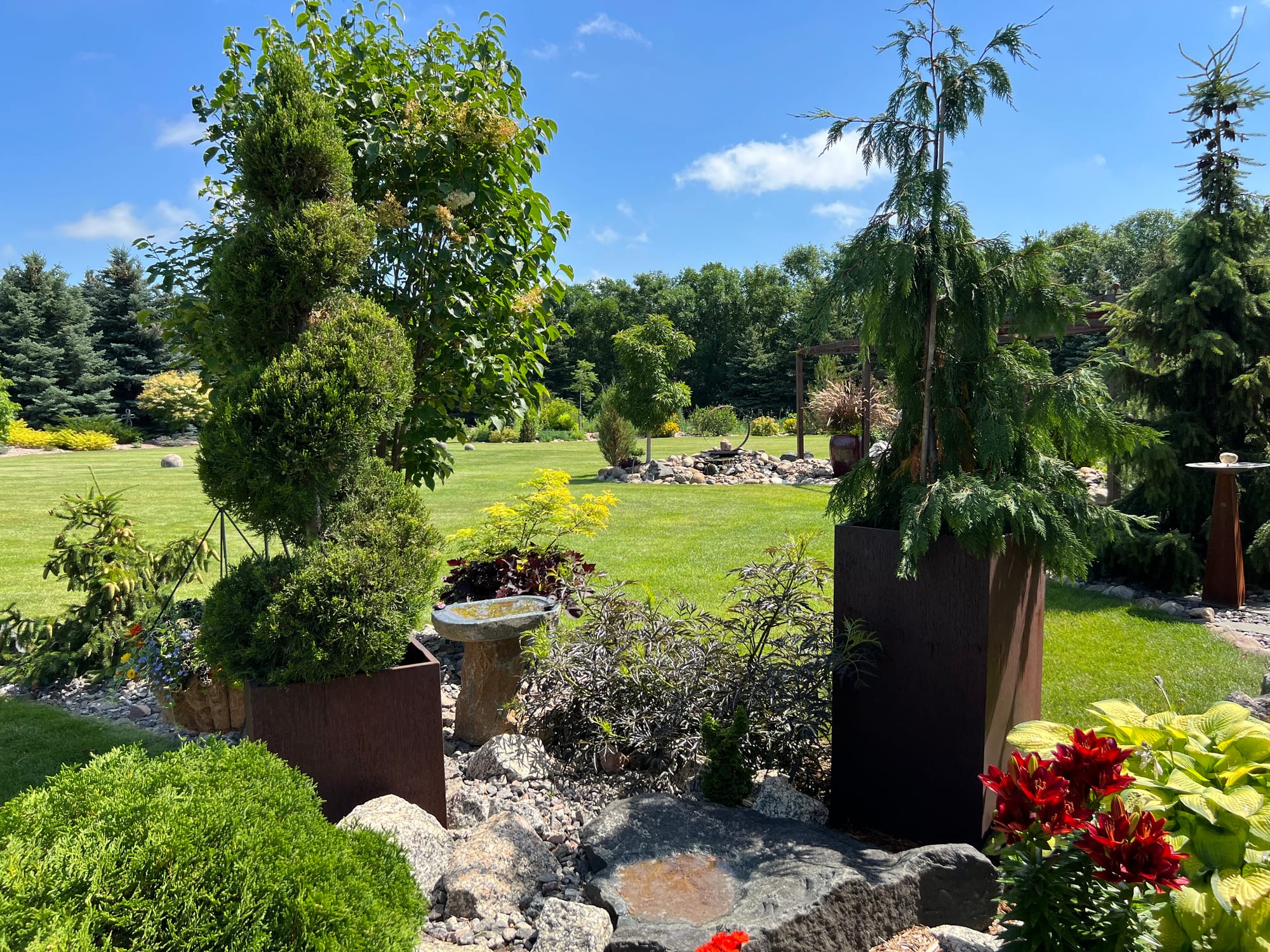
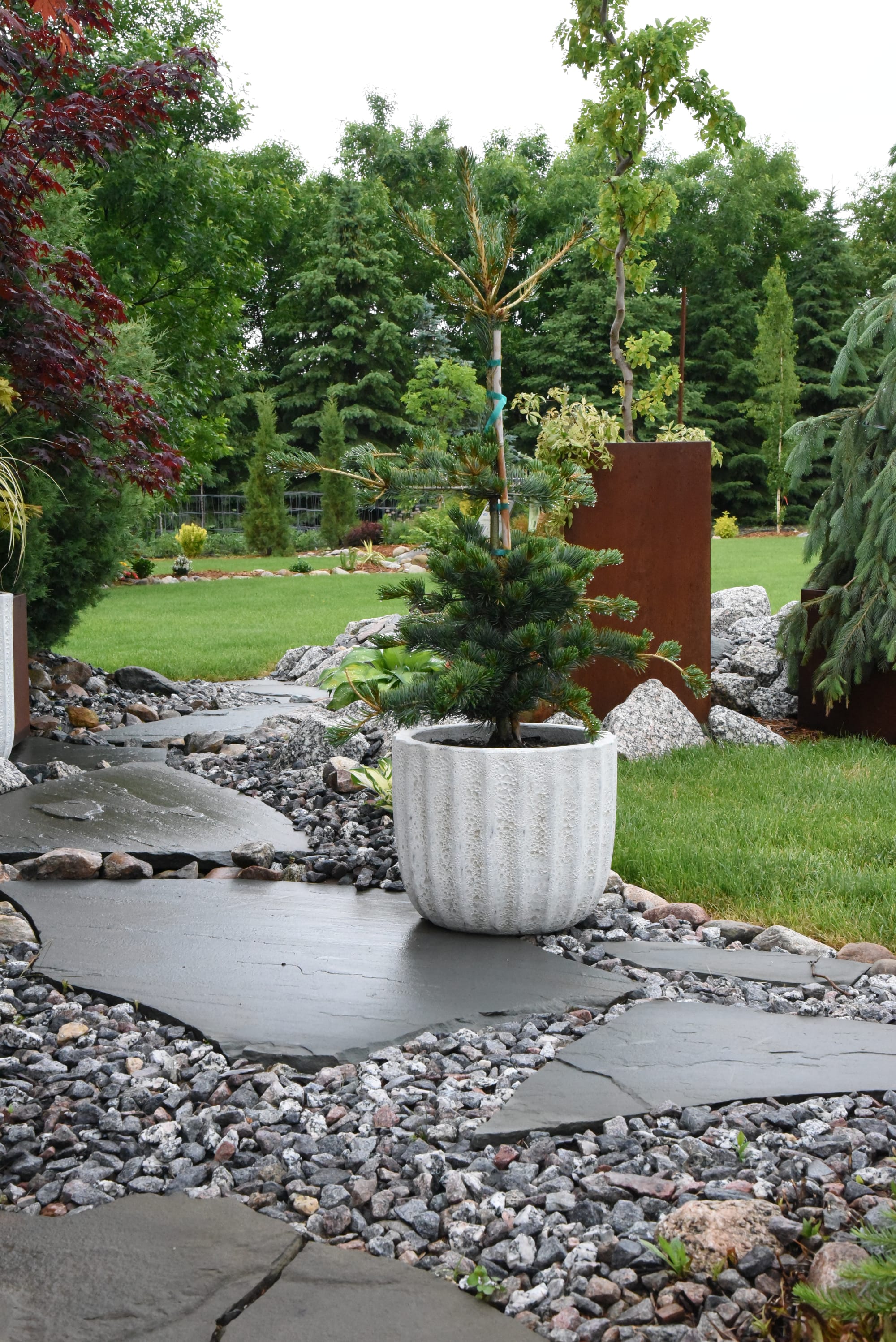
Either way, I solved the drainage problem and loved how the area turned out. How great are these oversized flagstone slates used in this path? It certainly will not be for everyone's taste, but stretching the boundaries of "normal" landscaping is fun. That's the great part about having gardens and a blank canvas. Plant what you like and use the materials you want. Experiment and have fun.
Please watch the video for an overview of this landscape bed. It's a nice tour that you'll enjoy.
For this post, I've also listed the varieties of plants we toured in the video with their hardiness rating, sizes, and additional photos of each. Here’s the list:
- Dark Magic Sedum, Sedum telephium 'Dark Magic', Zone 4-9, 12"T x 24"W
- Orange Gnome Maltese Cross, Lychnis x arkwrightii 'Orange Gnome', Zone 3-9, 15"T x 15"W
- Hybrid Lily
- Gold Standard Hosta, Hosta x 'Gold Standard', Zone 3-9, 20"T x 30"W
- Gold Moss Sedum, Sedum acre, Zone 3-8, 3"T
- Alaskan Blue Weeping Cedar, Chamaecyparis nootkatensis ‘Glauca Pendula’, Zone 5
- Primo Arborvitae, Thuja occidentalis 'IsIPrim' Zone 4, 4'T x 1'W
- Black Lace Elderberry, Samubucus nigra 'Eva' Zone 4-7, 6-8'T x 6-8'W
- Columnar Green Juniper, ‘Hetzii Columnaris’, Zone 4-9
- Japanese Tree Lilac, Syringa reticulata, Zone 3, 30'T x 25'W
- Little Giant Arborvitae, Thuja occidentalis, Zone 3-8, 4'T x 4'W
You'll notice that I like to use a lot of different sizes of rock, berms, and wood mulch in varying combinations in my landscape beds. I also prefer to leave plenty of pockets with open space. I've seen many landscapes with a plant exactly every 3 feet (or two, or one), like a grid. That's not my preference.
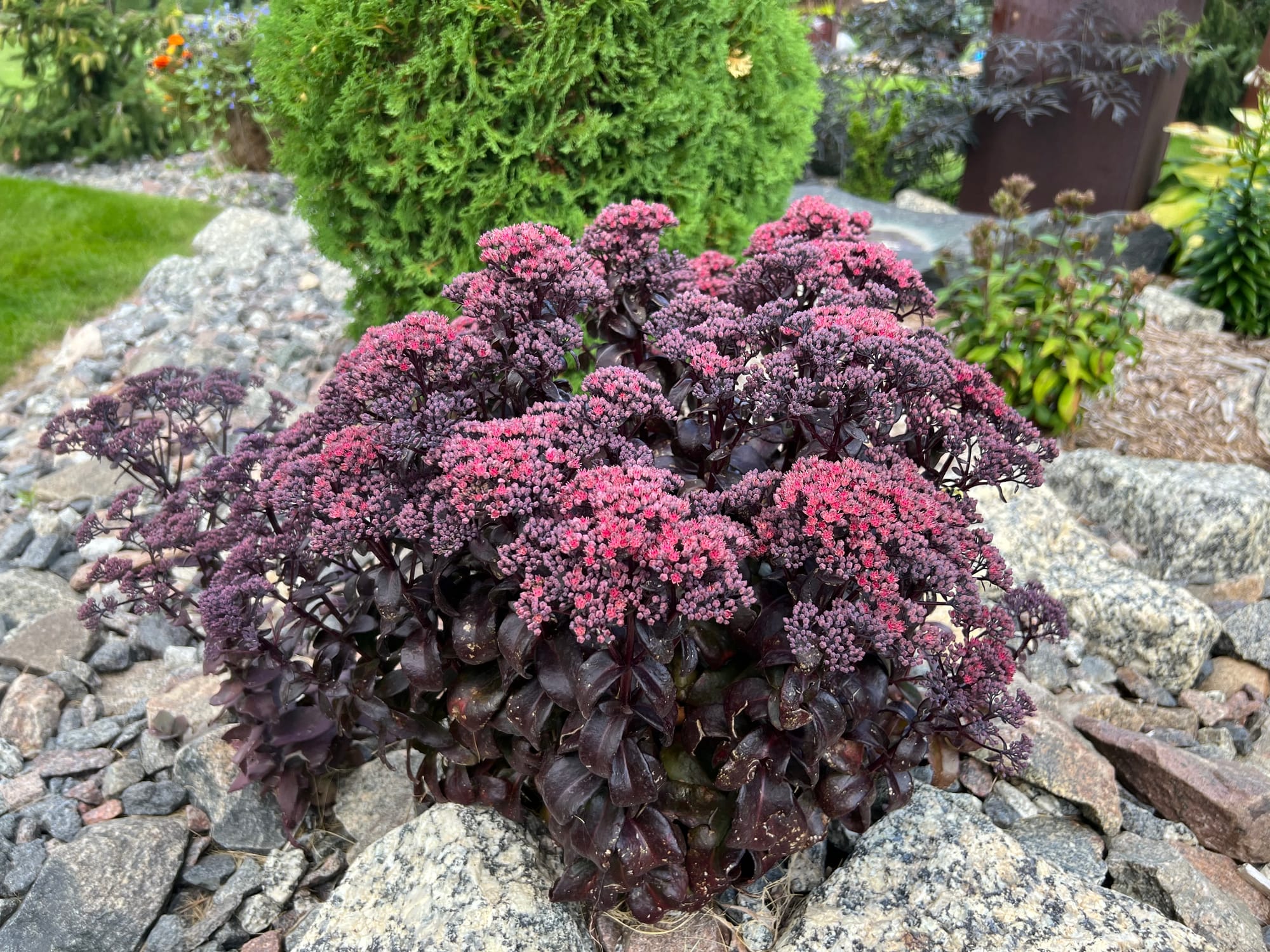
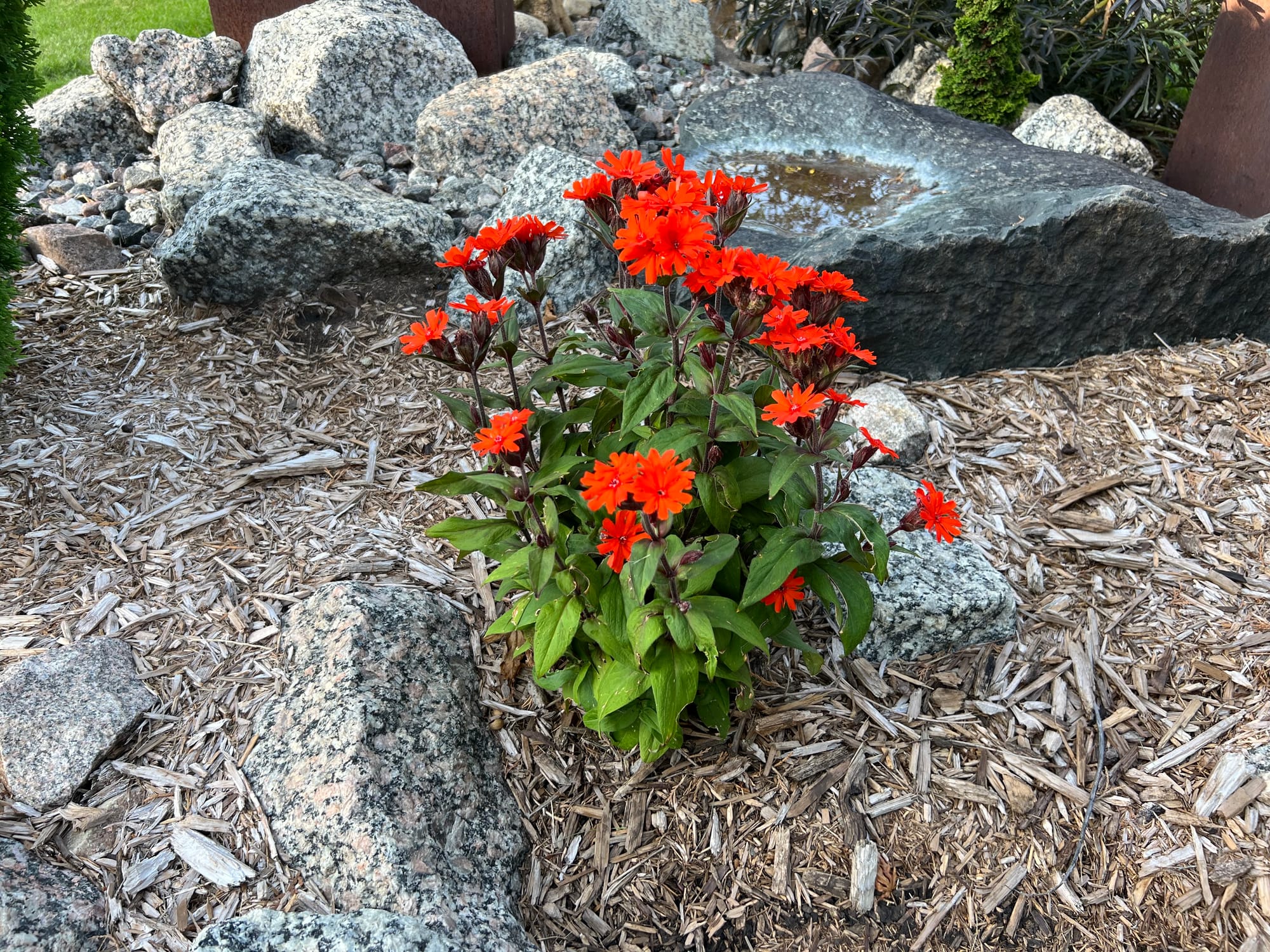
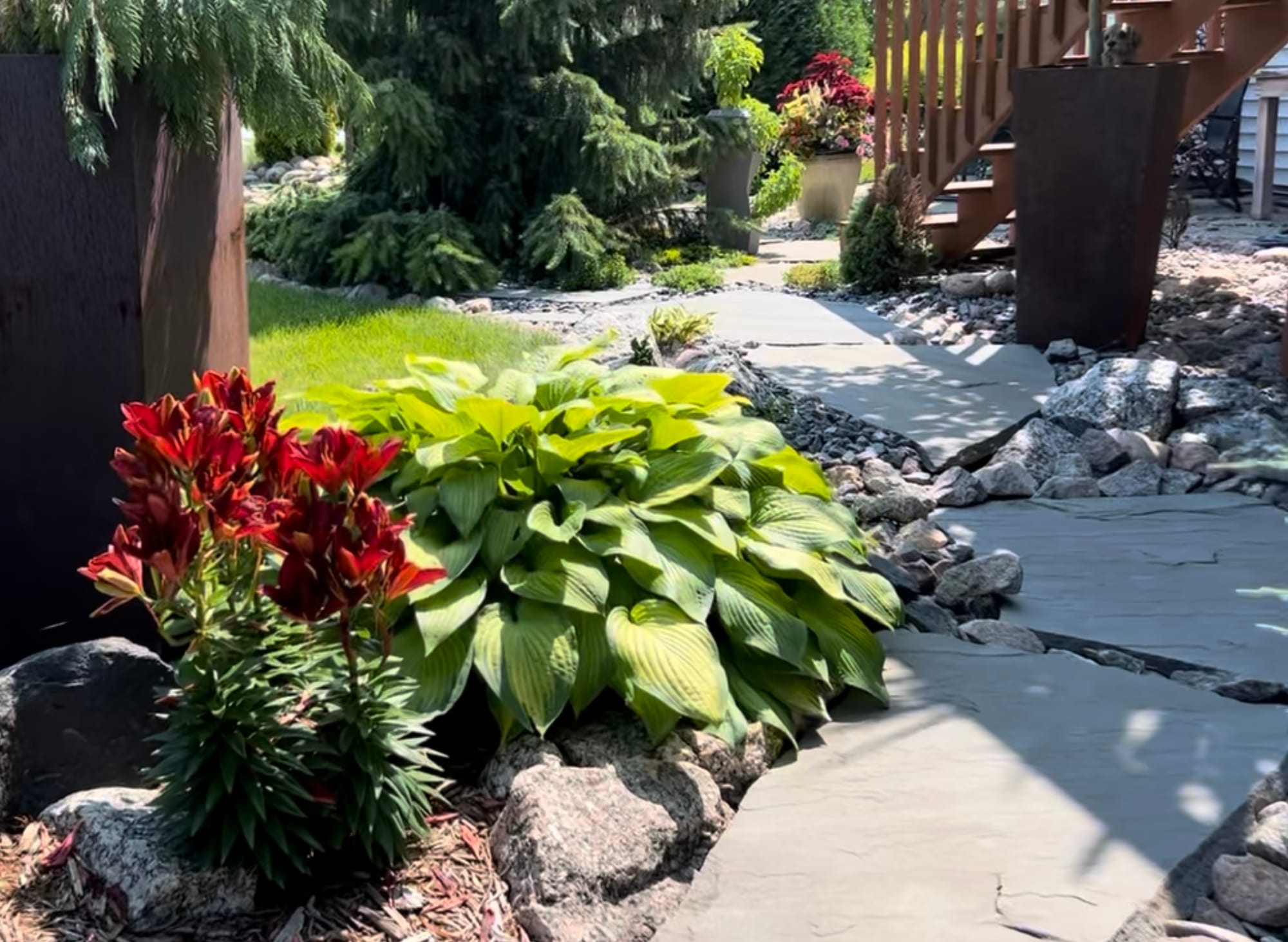
Dark Magic Sedum - Orange Gnome Maltese Cross - Gold Standard Hosta (On R)
I'm all about making it look as natural as possible. I refer to my planting style as congestion planting. I'll often pack plants tight together, let them blend and naturalize, and then leave space in between the next planting "zone." This space also leaves room for plants I may want to grow in the future, so it works out perfectly. This video overviews a different landscape bed I installed where I'm adding plants "along the way."
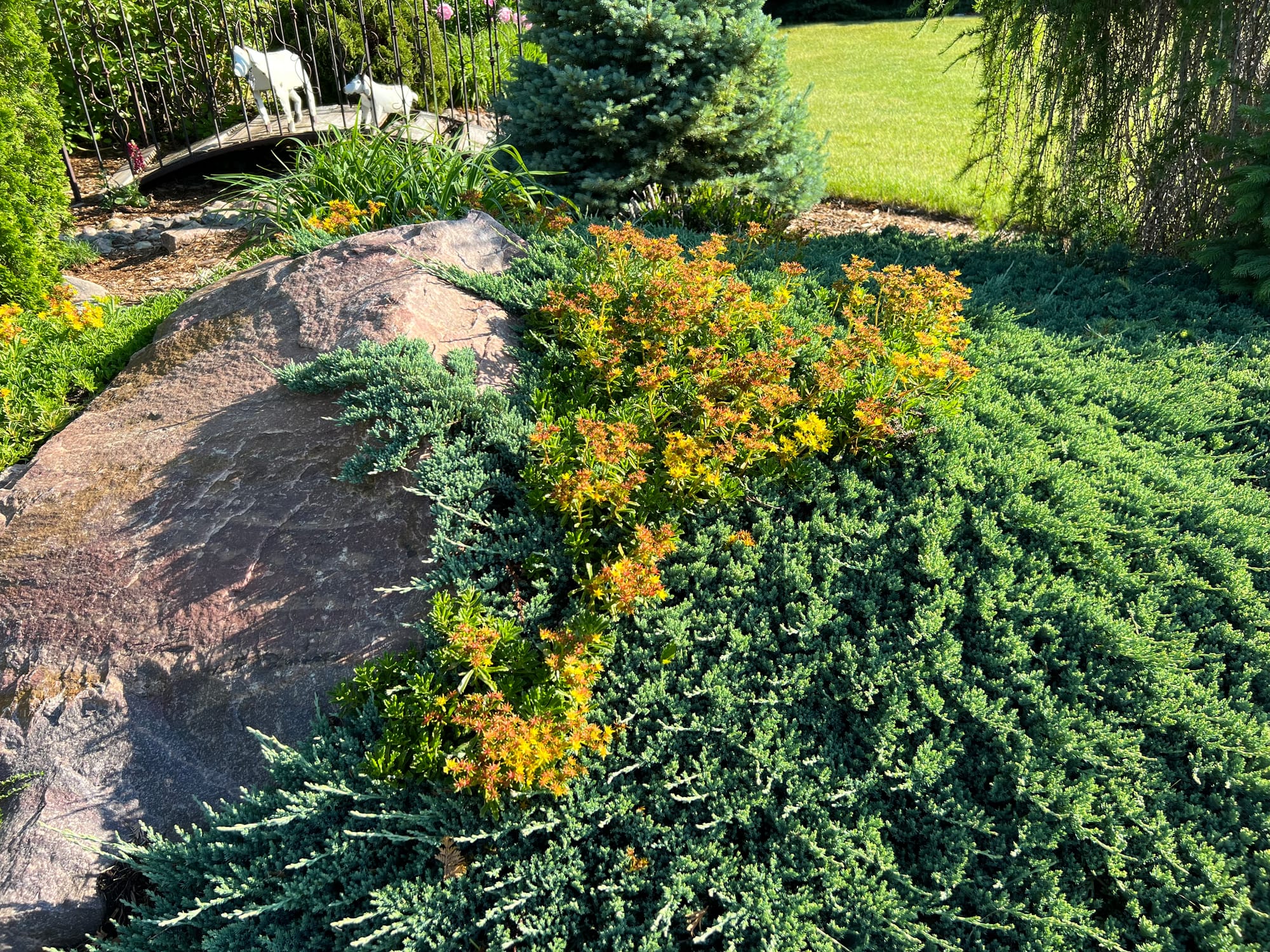
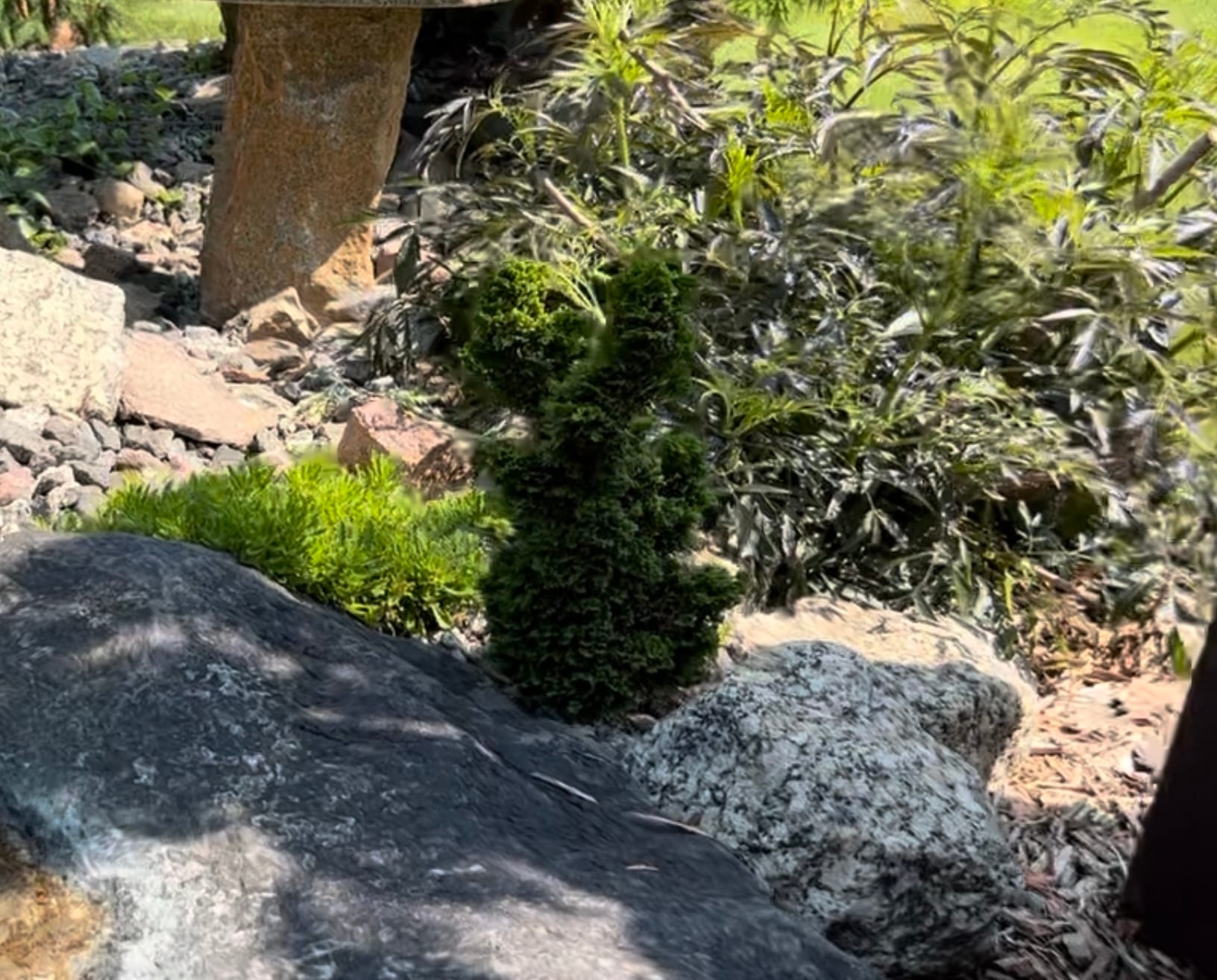
Gold Moss Sedum - Alaskan Blue Weeping Cedar - Primo Arborvitae
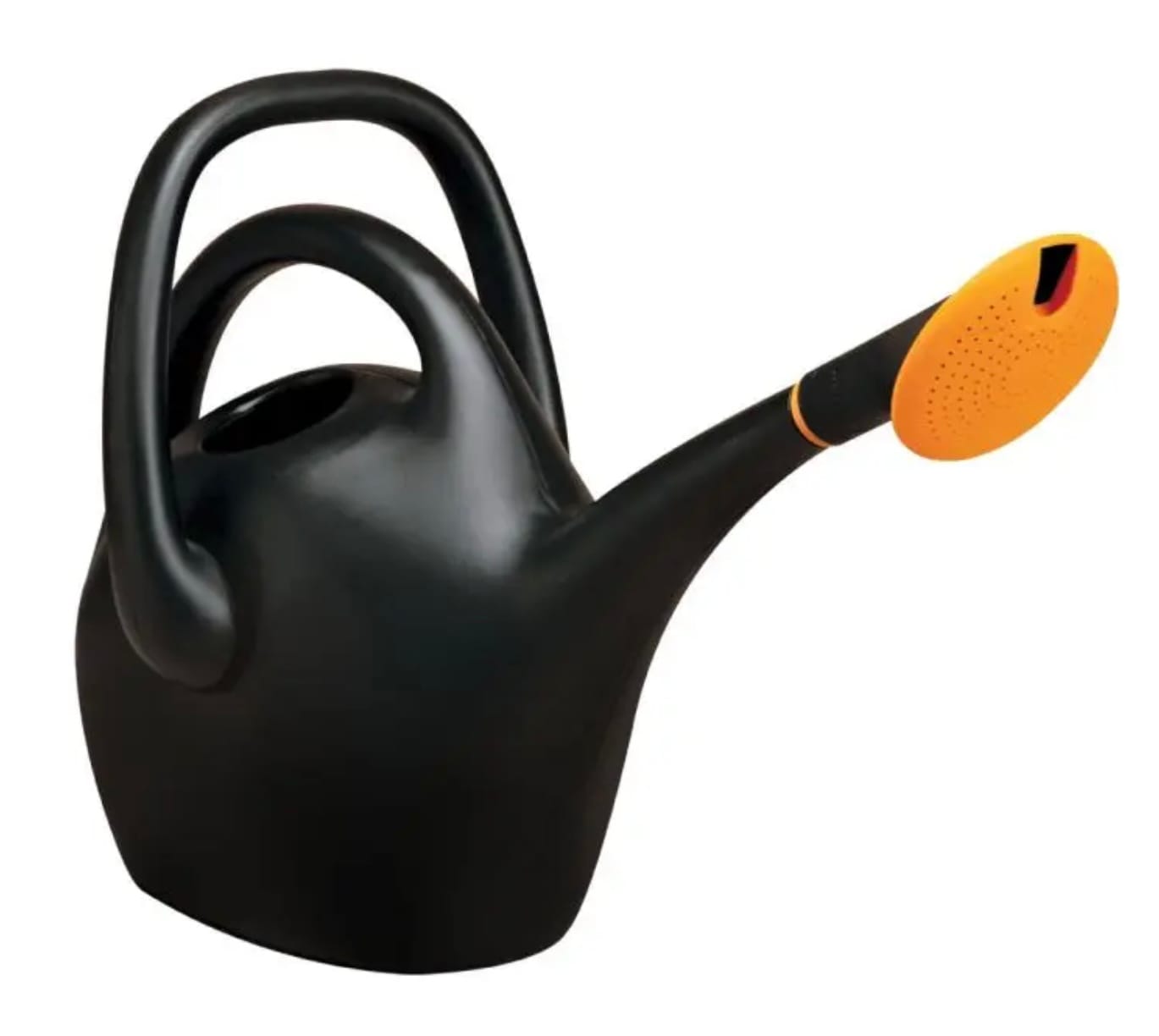
Fiskars Easy Pour Watering Can, 2.6 Gallon
Easy to carry and pour because of its unique handle design
Garden Hike is supported by its audience. When you purchase through links on this site, we may earn a small commission at no additional charge to you.
When planting multiple varieties in a close area, I don't worry too much about different colors clashing. This concept is certainly not the case with some customers I have helped over the years. Many demand color coordination. It is also certainly not the case regarding plant spacing mentioned above. Many people want symmetry and equal spacing. To each their own, it's just not for me.
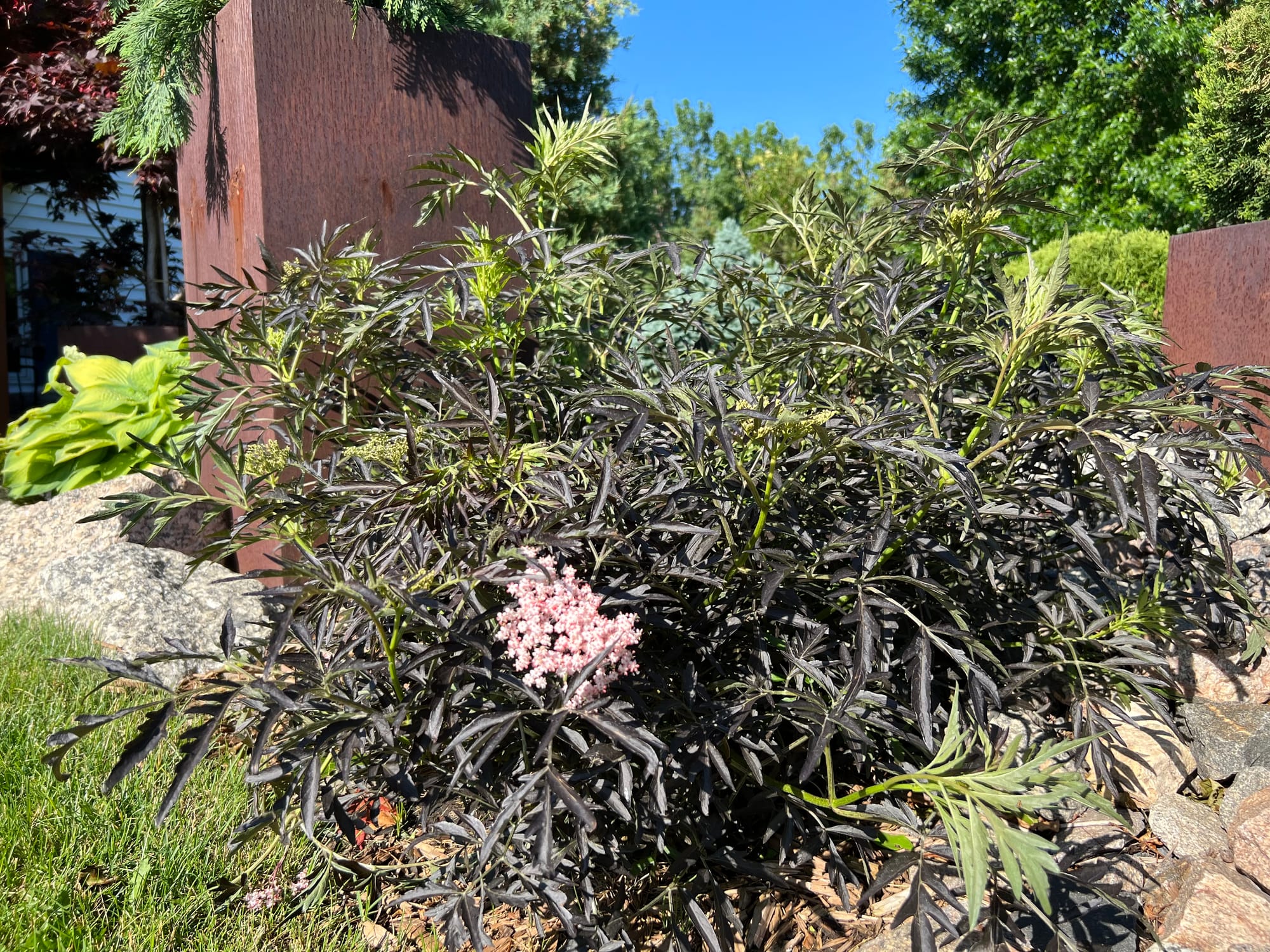
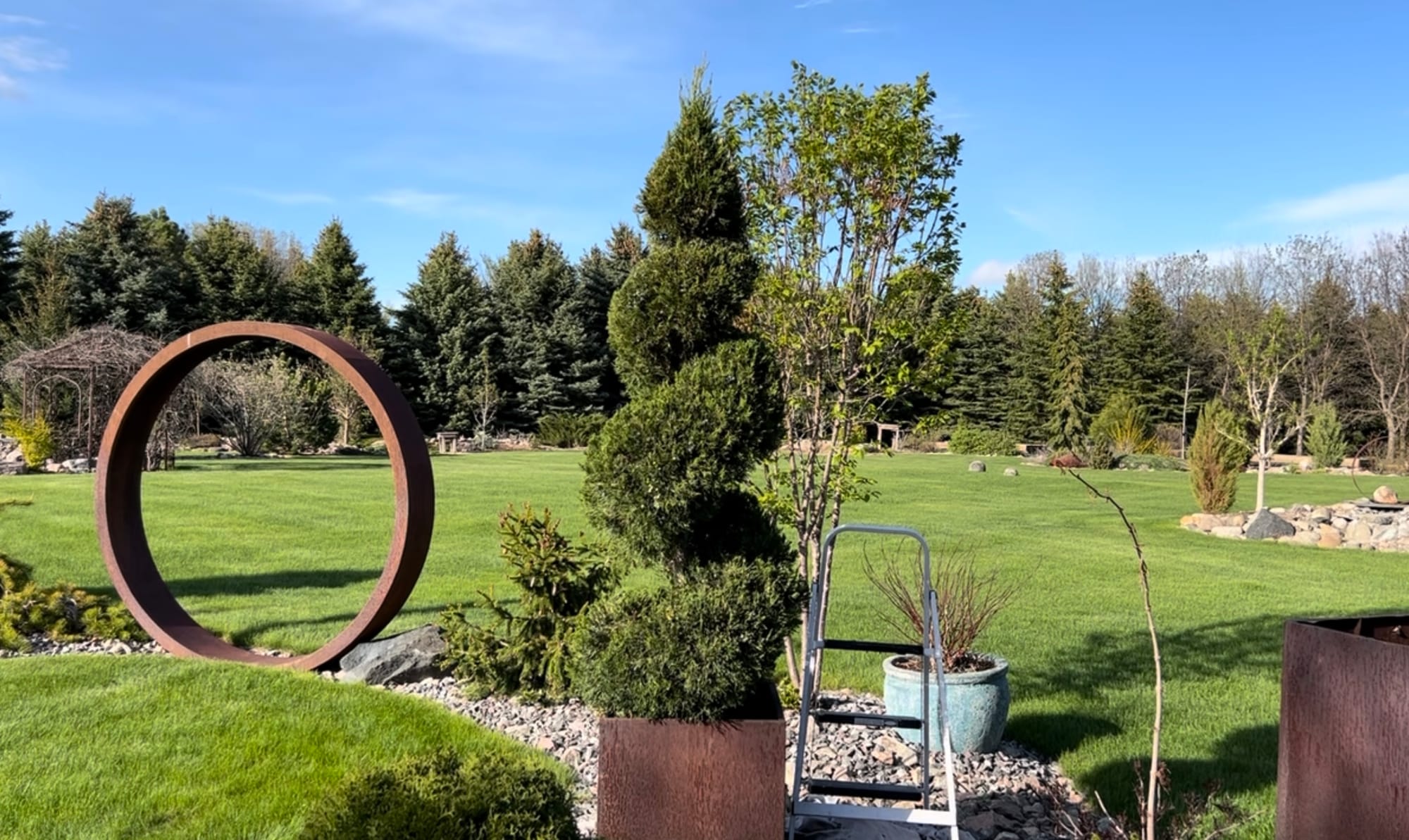
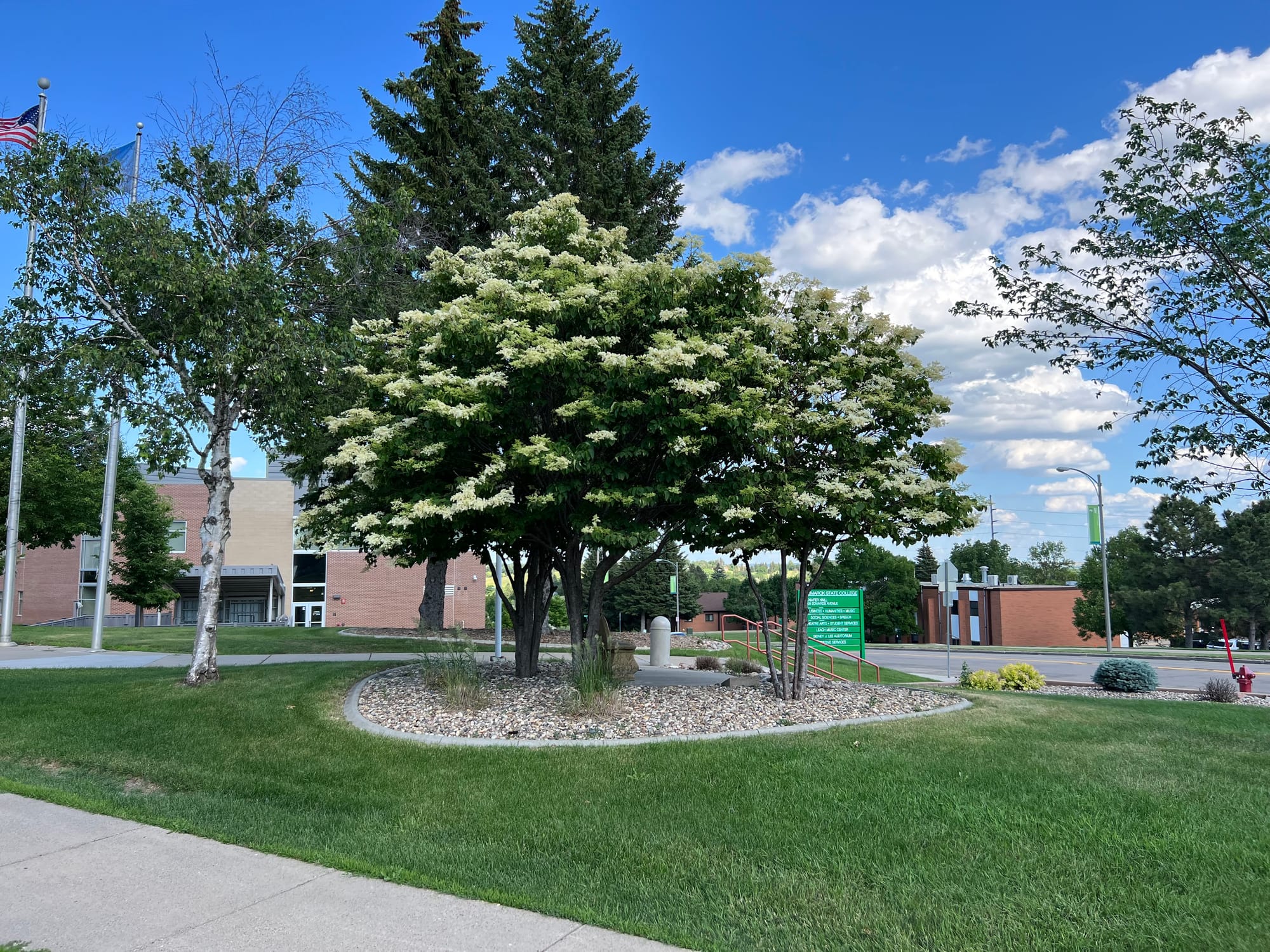
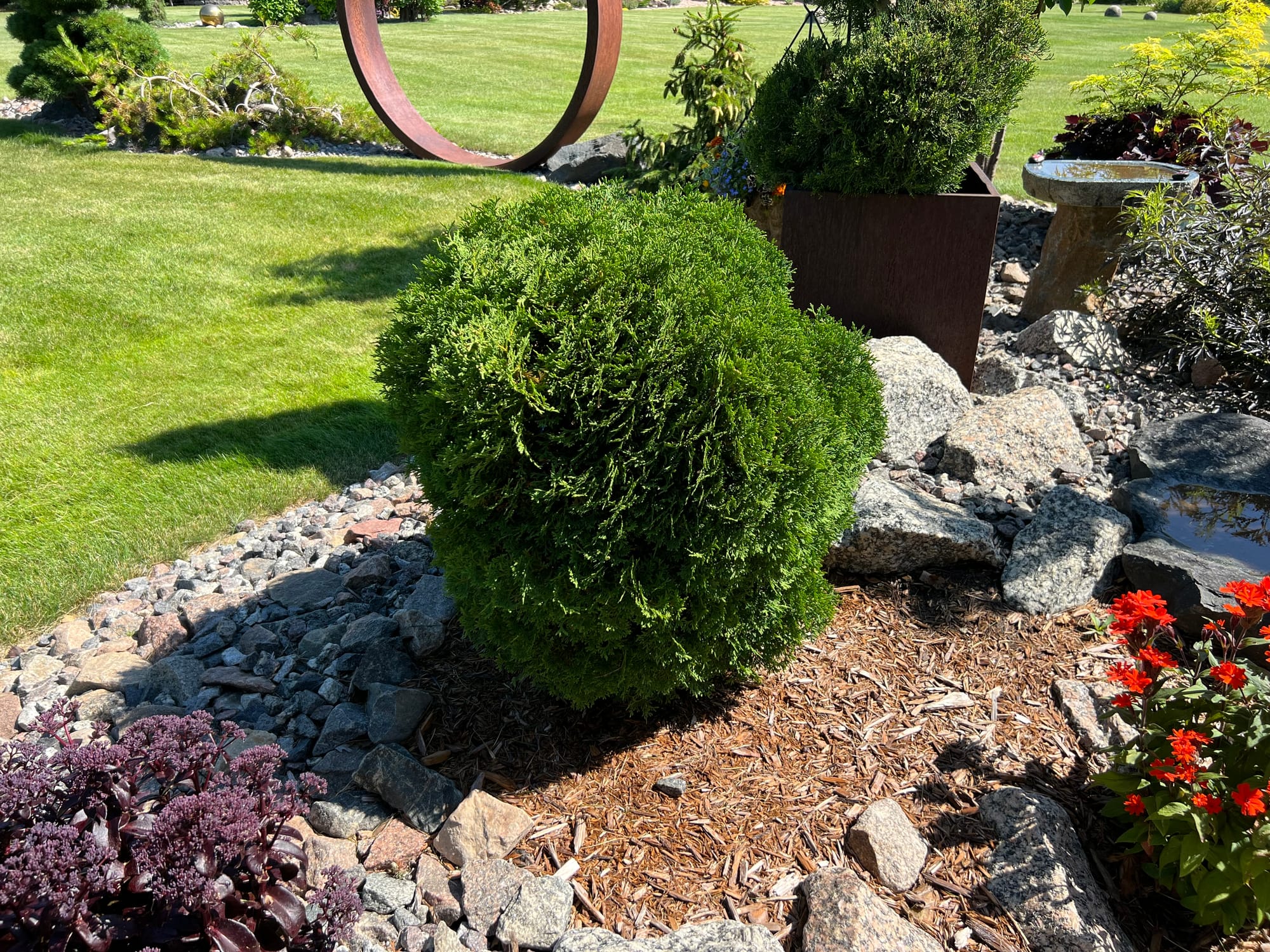
Black Lace Elderberry - Columnar Green Juniper - Japanese Tree Lilac - Little Giant Arborvitae
This topic reminds me of photos of formal English gardens where everything is groomed and shaped. (I have yet to be fortunate enough to have traveled to any). There is much to admire about them, but they are too controlled for me, man dominating nature and the like. I'll take natural for my primary surroundings.
I've rambled on long enough about my styles and tastes in gardens and landscaping. I hope you enjoyed the video and found a couple of new plants you love and plan on growing in your gardens.
Thanks for stopping by Garden Hike,
Kevin
A.M. Leonard has an excellent selection of tools and gardening supplies! Enter discount code GARDENHIKE10 when checking out to receive 10% off any order. Click the banner below to enter their online store.

Garden Hike is supported by its audience. When you purchase through links on this site, we may earn a small commission at no additional charge to you.
